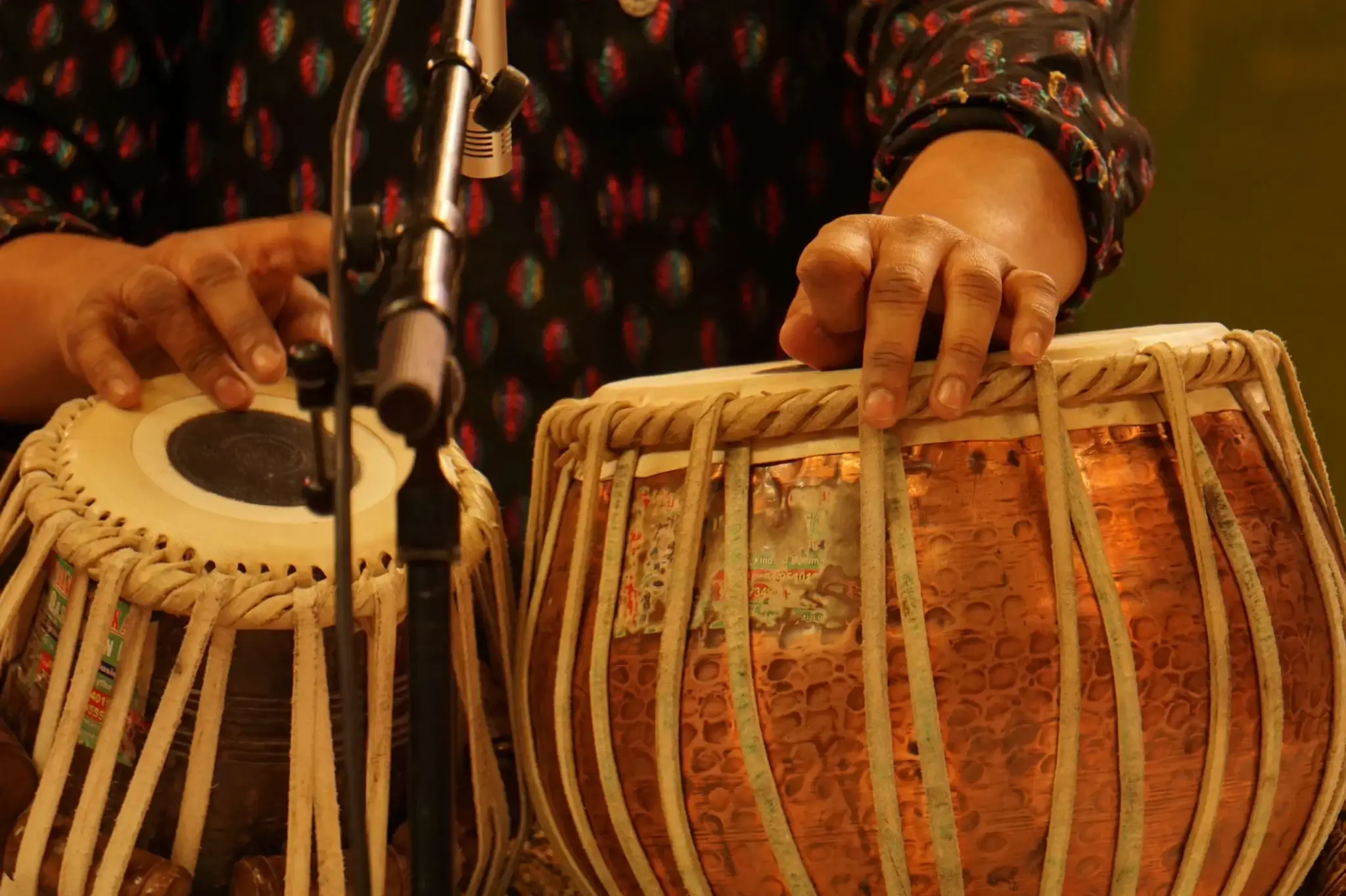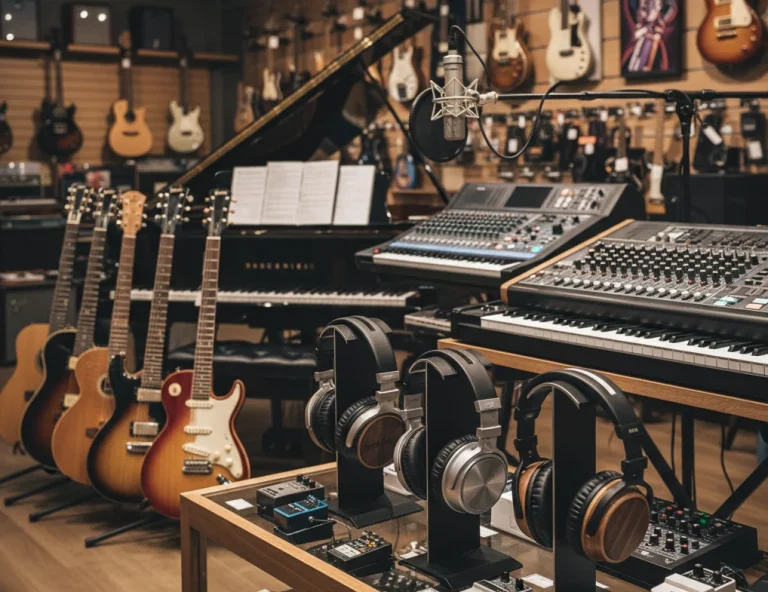All Topics
- Alchemizing Music Concepts for Students
- Artist Spotlight
- artium gift card
- Artium Maestros
- Artium News
- buying guide
- Carnatic Music
- Devotional Music
- Editorials by Ananth Vaidyanathan
- Film Music
- Guitar
- Hindustani Classical Music
- Indian Classical Music
- Indian Folk Music
- Insights
- Instruments
- Karaoke Singing
- Keyboard
- Kids Music
- maestros
- Music Education
- Music for Kids
- Music Industry
- Music Instruments
- Music Legends
- Music Theory
- Music Therapy
- Piano
- piano guide
- Success Stories
- Tamil Film Music
- Telugu Film Music
- Time Theory
- Tools
- Uncategorized
- Vocal Singing
- Vocals
- western classical music
- western music
- Western vocal music
An Introduction to Taal in Indian Classical Music
An Introduction to Taal in Indian Classical Music

Table of Contents
What is it about a piece of music that makes you smile or groove over it? It is the song’s rhythm, isn’t it?
Beats and rhythm complement each other in the composition as well as throughout the performance. Without one of them, music is incomplete. As a result, understanding the rhythmic part of singing is just as vital as singing in tune. Taal and lay are used to maintain rhythm in Indian classical music. Here is a brief discussion on what is Taal and its importance in Indian classical music.
But before that…
If you’re really excited to start your journey in music, start with a free trial lesson today!
What is Taal?
Rhythm is encompassed in the notion of Taal (spelled and pronounced tala in Hindi) in Indian classical music, whether Hindustani (North Indian) or Carnatic (South Indian). It is loosely defined as rhythm, but the concept is more nuanced than that and operates by dividing time cyclically rather than linearly. Each cycle is further broken into pieces of various lengths.
In Sanskrit, it means ‘to strike with palms’. In Tamil, Taalam means ‘to clap’. In Hindi, the word means ‘beat’ and in Bengali, besides rhythm the word Taal also means sanity.
To simply answer what is taal in music – Taal is a beat cycle. In Indian classical music, beats are known as matras. Each beat/ matra is expressed by syllables that are equidistant from one another. The Taals in music evoke different emotions.
How does Taal work?
Understanding Taal as a cycle is important in Indian classical music. Technically, every rhythm is cyclical since it repeats itself. However, with shorter patterns, such as 4-beat rhythms, one might be tricked into thinking of rhythm as linear.
- Longer patterns of 16 or 12 beats are often used in Indian classical music, and these cannot be comprehended or applied to music appropriately unless they are seen cyclically.
- Each line of a fixed raga composition is meant to fit perfectly into the groove of the chosen Taal.
- “Sam” refers to the initial beat of the rhythm cycle (rhymes with “some” and “from”). It is played powerfully to signal the start of the cycle.
- The combination of emphasis in both rhythm and melody makes the Sam particularly identifiable to the listener, and as a result, it plays a very essential function in classical music performances.
Tracing the origin of Taal
Taal music is mentioned for the first time in the Samaveda and Rigveda texts. All of the verses have the same metric order and structure. However, because these texts were performed orally, the notion of Taal was not articulated until Bharat Muni wrote ‘Natyashastra.’
Also Read: 7 Tips for Developing Your Classical Singing Technique
Improvising On a Composition
Indian classical music uses both free improvisations and improvisation around an existing raga composition. The piece provides a melodic and rhythmical framework for improvisation while experimenting around it. An artist can spend a long time creating a simple four-line composition. One approach to improvising around a piece is to play melodic variations of the composer’s lines. Bol Banao is a term for this style of improvisation.
Types of Taal in Indian Classical Music
Both the wings of Indian classical music—Hindustani and Carnatic classical music—have their distinct ways of defining, classifying, and using different types of Taal in music.
- Taal in Carnatic classical music
Purandara Dasa brought Taal into Carnatic music. In general, there are seven families: Dhruva, Matya, Rupaka, Jhampa, Triputa, Ata, and Eka. In Carnatic music, there are 72 Taal in the Melakarta system, 4 Taal in the Chapu system, 108 in the Chanda system, and 35 in the Suladi Sapta system.
- Taal in Hindustani classical music
There are various types of Taal in Hindustani classical music. Some of the popular ones are- Teentaal, Jhoomra, Tilwada, Dhamaar, Ektaal, Jhaptaal, Kaherwa, Roopak, and Dadra.
Start your Indian classical music journey with expert teachers at Artium Academy and make learning music easy and enjoyable.
Also Read: What Are Some Benefits of Learning Carnatic Vocal Music for Kids?
The Structure of a Taal (Theka)
The standard sequence of beats that defines a Taal in its simplest form is called Theka. So, for instance, the Theka of Teentaal is:
Dhaa dhin dhin dhaa / dhaa dhin dhin dhaa / dhaa tin tin taa/ taa dhin dhin dhaa
The three sorts of beats, when strung together, add texture and accentuation to the Taal pattern, as well as aural cues as to which section of the Taal cycle is now being played, which is vital to keep track of so that you can return to the Sam on the proper syllable.
The rain falls in a predictable pattern, and so does our breathing. All we have to do is comprehend the Taal and Lay concepts that go into crafting songs. Only then one will be able to comprehend music as a whole. Swara is created when you learn the technique of beautifully conveying a sound. It becomes music when you embellish it with a harmonic combination of Sur, Taal, and Lay. When you add your thoughts to it, it becomes Khayal.
Conclusion
If you wish to explore the treasure trove of Indian classical music and hone your vocal skills, take a look at our courses at Artium Academy.
We also offer online tabla classes and teach other music instruments. Enjoy music as what it truly is, more than a language, the emotion of togetherness with Artium Academy!
“Do you have a question related to Carnatic classical music? Just ask! The Artium Academy Carnatic Music Learning Companion is here to guide you—explore ragas, master talas, and improve your Carnatic music learning journey instantly!“
FAQs
Taal in Indian classical music refers to the rhythmic pattern or cycle that forms the foundation of a musical composition. It helps guide the flow and timing of the performance.
The concept of Taal dates back to ancient India, with its origins found in Vedic scriptures and the Natya Shastra. It has been a core element of classical music for centuries.
Taal in Indian classical music refers to a specific rhythmic cycle made up of beats, creating a structure that supports the melody. It’s essential for timing and coordination in performances.
While Taal is a rhythmic framework, Raag refers to the melodic structure of a composition. Taal provides the rhythm, while Raag defines the scale and mood of the music.
The basics of Taal include understanding its beats (matras), divisions (vibhags), and how they cycle in repetitive patterns. Beginners should start with simple Taal cycles like Teen Taal before progressing to complex ones.






